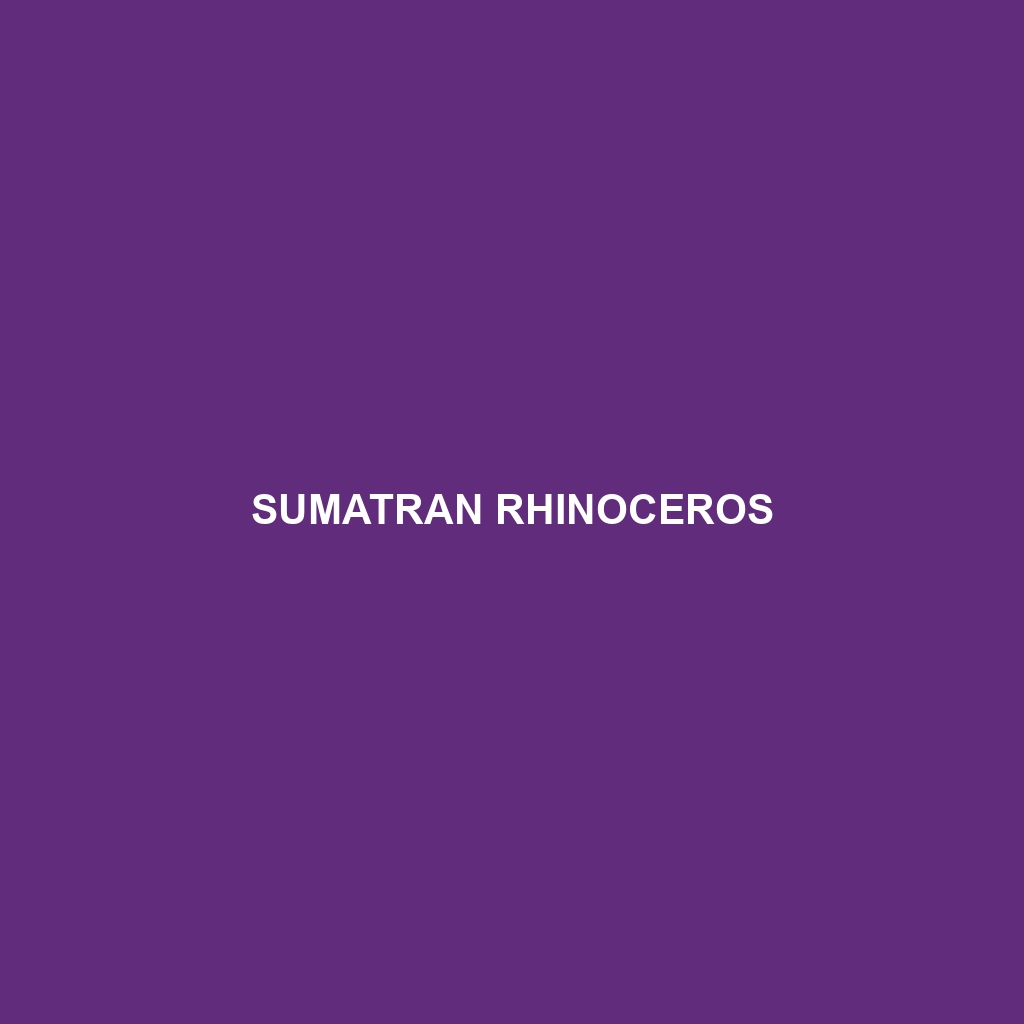White Rhinoceros
Common Name: White Rhinoceros
Scientific Name: Ceratotherium simum
Habitat
The White Rhinoceros primarily inhabits the grassland and savanna ecosystems of southern Africa. Key geographic locations include South Africa, Namibia, Zimbabwe, and Kenya. These gentle giants prefer open, grassy habitats where they can graze freely, often near water sources such as rivers and lakes to stay hydrated and cool.
Physical Characteristics
White Rhinoceroses are the largest species in the rhinoceros family, typically weighing between 3,000 to 5,000 pounds. They exhibit a broad, square-shaped mouth, which is well adapted for grazing on grasses. Their skin is a grayish color, featuring natural folds and a thick, protective layer that can be up to 2 inches thick. Adult males and females can be easily distinguished by their size, with males generally being larger than females.
Behavior
White Rhinoceroses are known for their semi-social behavior, often found in small groups, particularly mothers with calves. They are primarily diurnal, meaning they are most active during the day, spending much of their time feeding and wallowing in mud to regulate their body temperature. This unique behavior not only helps them stay cool but also protects their skin from parasites and sunburn.
Diet
As herbivores, White Rhinoceroses primarily consume a diet of grasses, making them graze regularly throughout the day. They have a preference for short grasses and often use their massive mouths to uproot vegetation. This feeding habit plays a crucial role in maintaining the grassland ecosystem by promoting new growth and increasing biodiversity within their habitat.
Reproduction
White Rhinoceroses have a gestation period of approximately 16 months, typically giving birth to a single calf. Mothers are fiercely protective of their young, and a newborn calf will remain with its mother for up to three years or until it is capable of living independently. Breeding can occur year-round, though peak birthing seasons may vary depending on environmental conditions and human impacts.
Conservation Status
The White Rhinoceros is currently classified as **near threatened** by the International Union for Conservation of Nature (IUCN). Efforts to protect this majestic species have increased, particularly against poaching for their horns, which are highly valued in illegal wildlife markets. Conservation programs aim to preserve their natural habitats and reduce human-wildlife conflict.
Interesting Facts
– The White Rhinoceros is often referred to as the “wide-lipped rhinoceros” due to its distinctive mouth shape.
– They can run at speeds up to 30 miles per hour, despite their large size.
– White Rhinoceroses communicate with one another through various vocalizations, including grunts and snorts.
Role in Ecosystem
White Rhinoceroses play a vital role in their ecosystems by grazing on grasses, which helps to promote healthy plant growth and maintain ecological balance. Their feeding habits encourage the growth of new shoots, creating habitats for other species. Additionally, their dung serves as a nutrient-rich fertilizer that supports a diverse range of organisms, contributing to the biodiversity of their environments.
